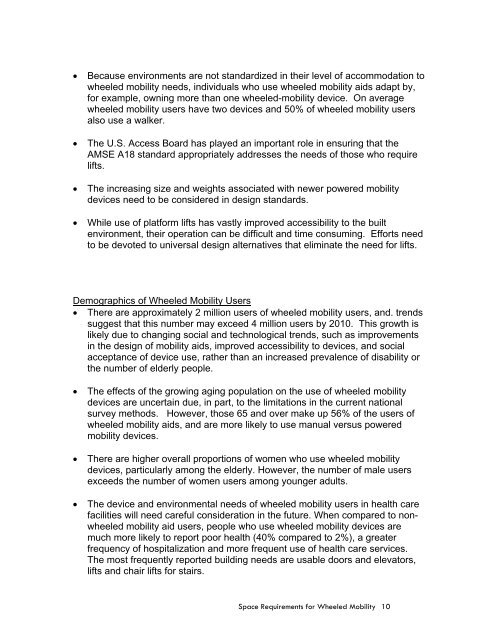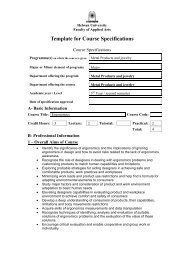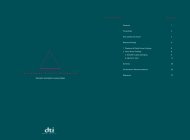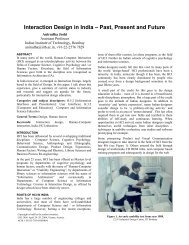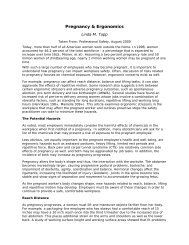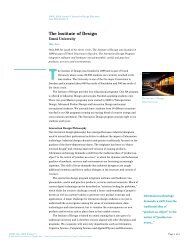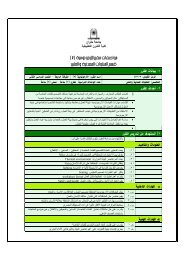Space Requirements for Wheeled Mobility - University at Buffalo ...
Space Requirements for Wheeled Mobility - University at Buffalo ...
Space Requirements for Wheeled Mobility - University at Buffalo ...
- No tags were found...
You also want an ePaper? Increase the reach of your titles
YUMPU automatically turns print PDFs into web optimized ePapers that Google loves.
• Because environments are not standardized in their level of accommod<strong>at</strong>ion towheeled mobility needs, individuals who use wheeled mobility aids adapt by,<strong>for</strong> example, owning more than one wheeled-mobility device. On averagewheeled mobility users have two devices and 50% of wheeled mobility usersalso use a walker.• The U.S. Access Board has played an important role in ensuring th<strong>at</strong> theAMSE A18 standard appropri<strong>at</strong>ely addresses the needs of those who requirelifts.• The increasing size and weights associ<strong>at</strong>ed with newer powered mobilitydevices need to be considered in design standards.• While use of pl<strong>at</strong><strong>for</strong>m lifts has vastly improved accessibility to the builtenvironment, their oper<strong>at</strong>ion can be difficult and time consuming. Ef<strong>for</strong>ts needto be devoted to universal design altern<strong>at</strong>ives th<strong>at</strong> elimin<strong>at</strong>e the need <strong>for</strong> lifts.Demographics of <strong>Wheeled</strong> <strong>Mobility</strong> Users• There are approxim<strong>at</strong>ely 2 million users of wheeled mobility users, and. trendssuggest th<strong>at</strong> this number may exceed 4 million users by 2010. This growth islikely due to changing social and technological trends, such as improvementsin the design of mobility aids, improved accessibility to devices, and socialacceptance of device use, r<strong>at</strong>her than an increased prevalence of disability orthe number of elderly people.• The effects of the growing aging popul<strong>at</strong>ion on the use of wheeled mobilitydevices are uncertain due, in part, to the limit<strong>at</strong>ions in the current n<strong>at</strong>ionalsurvey methods. However, those 65 and over make up 56% of the users ofwheeled mobility aids, and are more likely to use manual versus poweredmobility devices.• There are higher overall proportions of women who use wheeled mobilitydevices, particularly among the elderly. However, the number of male usersexceeds the number of women users among younger adults.• The device and environmental needs of wheeled mobility users in health carefacilities will need careful consider<strong>at</strong>ion in the future. When compared to nonwheeledmobility aid users, people who use wheeled mobility devices aremuch more likely to report poor health (40% compared to 2%), a gre<strong>at</strong>erfrequency of hospitaliz<strong>at</strong>ion and more frequent use of health care services.The most frequently reported building needs are usable doors and elev<strong>at</strong>ors,lifts and chair lifts <strong>for</strong> stairs.<strong>Space</strong> <strong>Requirements</strong> <strong>for</strong> <strong>Wheeled</strong> <strong>Mobility</strong> 10


